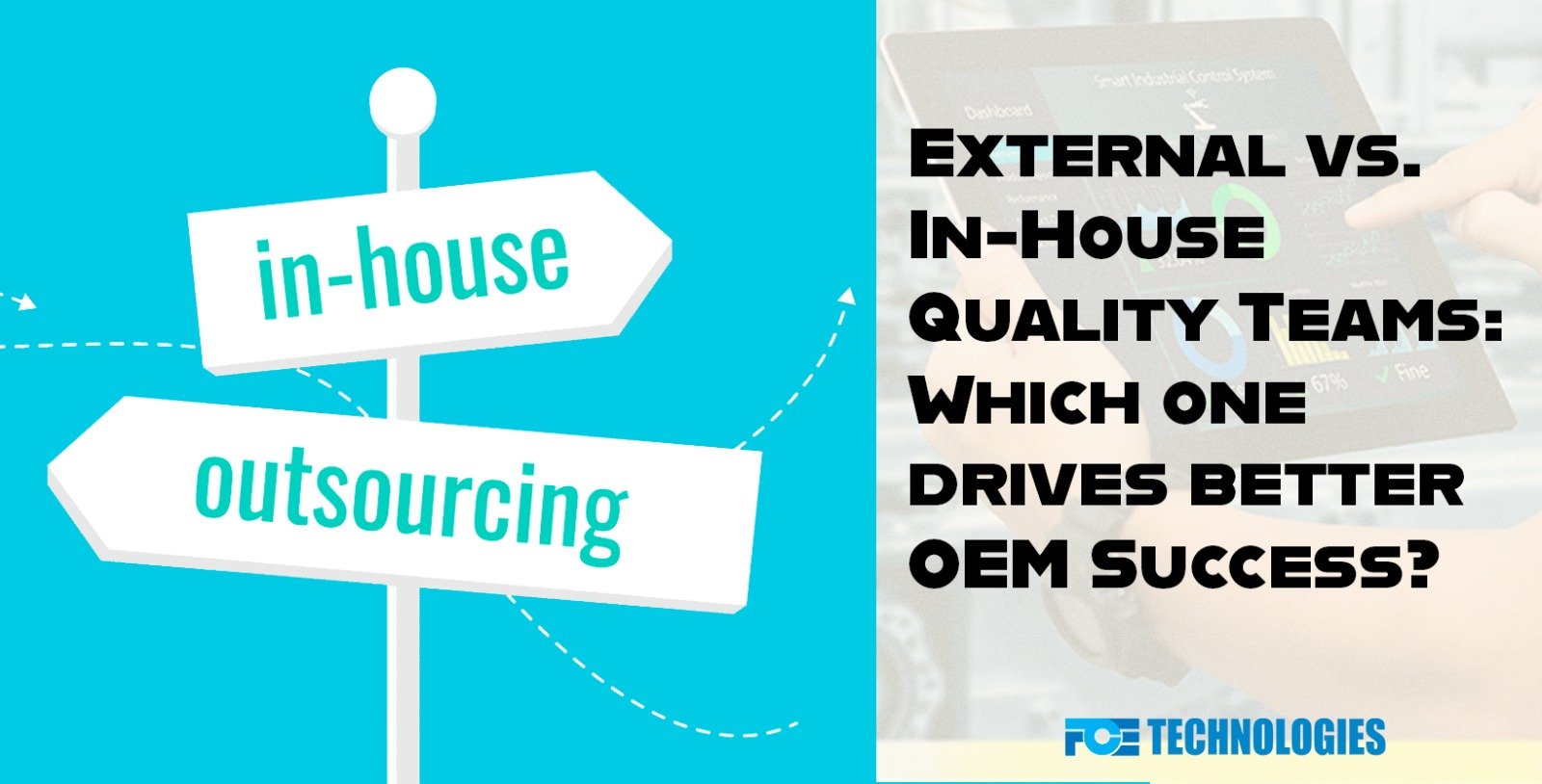Types of Software Development
Software development is a set of steps and processes used to create computer programs. This process uses specific programming languages to implement business objectives and provide functionality. Software itself is a collection of instructions that is independent of hardware and is what makes computers programmable. There are several types of software, including desktop, server, web, and mobile applications.
Agile software development
Agile software development is a methodology that focuses on the rapid development of software that meets the needs of customers. The project is split into iterations, each with a specified length, and working software must be delivered at the end of each iteration. During the first iteration, the team spends about 1.5 months gathering requirements. They determine which features will be key to the product and which can be developed during the next iteration. They then deliver working software with the core features.
After each Sprint, the development team reassesses the requirements of the project and plans for the next Sprint. The team can also use a technique called Kanban, which is derived from Japanese. This approach is based on a ‘just-in-time’ process that was originally used in supermarkets.
Embedded systems development
Embedded systems consist of a combination of hardware and software. They are often designed to solve a specific problem and are usually small in scale. Examples of embedded systems include medical equipment, robotics, cars, and the International Space Station. These systems use software, also known as firmware, to control and operate the hardware.
Embedded software development begins with a thorough planning process. A professional with the required expertise will analyze a schematic and find the best solutions for the specific case. This includes choosing an operating system and hardware platform for the product. Then, auxiliary units can be added for increased functionality. After the design phase, the embedded software will undergo testing to ensure that it is compatible and works properly.
Mobile application development
Mobile application development requires the development of both front-end and back-end technologies, including a mobile app server, APIs, and databases. The back-end component facilitates data routing, authentication, authorization, and working offline. It also comprises a variety of middleware components and service-oriented architecture infrastructure. A developer can build applications using a variety of development tools, including GeneXus, a pre-tested code library that uses a microservices-based architecture.
Native apps are developed with an integrated development environment and may run on both iOS and Android devices. However, this type of mobile app development is the most expensive. Because it requires separate builds for each operating system, native applications can be difficult to develop and maintain. In addition, they are more prone to bugs and require frequent updates. As a result, it’s important to prioritize user experience in mobile app development.
Web application development
When developing web applications, it’s important to consider the needs of the user. A web app’s functionality can be affected by many factors, including the speed of the user’s connection. Moreover, a web app needs to be responsive, ensuring that the user is able to experience its full functionality. If the web app is designed to be used by several users, it is important to conduct load tests to see how it responds to traffic.
A web application is an interactive computer program developed with the use of web technologies. Its main focus is on user interaction, unlike traditional websites, which require a user to input data. A web app is designed to be interactive and must dynamically update to take into account any interactions with the user.
Social media application development
Developing a social media application requires a thorough understanding of the social media landscape and how the platform functions. Using market research, it is important to identify a social media app’s target demographic and market size, and to plan its development accordingly. In addition, social media application development involves a variety of steps, including project management, custom development, business analysis, quality assurance, and more. Although some of these steps are universal, others need to be customized for each target market. For instance, an app must allow members to customize their profiles so that they can make only necessary information public.
Social media application development begins with a technical specification that includes the design, brand book, and description of the app’s behavior. Social media application developers also assist customers with wireframing, which is a visual representation of an app’s skeleton. This step gives both the customer and developer a structural overview of the app and sets the foundation for the design.







